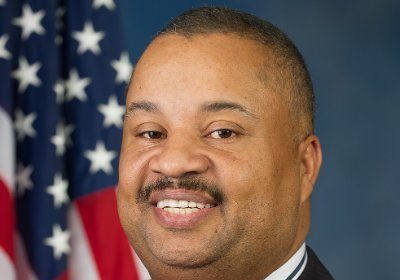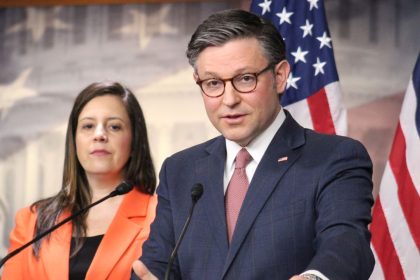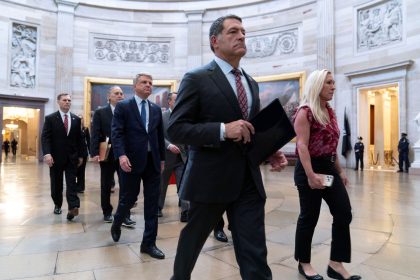Child Care Relief in COVID Bill Nets Praise

The National Association for the Education of Young Children announced its support of the passage of the American Rescue Plan, which includes $39 billion in child care relief.
The legislative relief will address the needs of parents, educators and child care centers across the country.
“For a full pandemic year, child care providers have put their lives and livelihoods on the line, pushing themselves in service to children, families, and their communities until they reached a breaking point—and then pushing a little farther,” NAEYC CEO Rhian Evans Allvin said in a public statement.
Allvin continued, “This is the time to start to rebuild an equitable child care sector in a way that puts a diverse, well-prepared, supported, and compensated workforce at the center, driving supply and quality simultaneously, and creating a system that both keeps kids safe while their parents work and propels the science of early learning.
“That means a system that is not built on the backs of early childhood educators’ poverty-level wages nor parents paying prices that are more than in-state college tuition,” Allvin added.
As part of the American Rescue Plan, $24 billion will be set aside for a child care stabilization fund for child care providers.
Through the stabilization fund, providers will be eligible for grants that can help pay for personnel expenses, cleaning supplies and personal protective equipment, as well as mental health services.
In addition to the stabilization fund, the American Rescue Plan will provide $15 billion for the Child Care and Development Block Grant program, a program that helps provide child care subsidies for low-income families.
Under the CCDBG program, child care providers and agencies will be given block grants that can help them provide child care assistance to essential workers regardless of their income.
The child care relief measures come at a critical time for child care centers. According to a December 2020 survey from NAEYC, 56% of surveyed child care centers said that they were losing revenue each day they remained open.
In the same survey, one-in-four centers and one-in-three child care homes said they might close if they did not receive additional funding support and if their enrollment continued to plateau.
To prevent closures, 42% of respondents said that they have taken on debt for child care supplies by charging these expenses on their own personal credit cards.
Additionally, 39% reported that they have tried to help meet the needs of the families they serve by using funds from their own personal savings accounts.
In addition to helping child care providers, the American Rescue plan features other measures that will help make child care more affordable for American families.
Among those measures, Congress has set aside $1 billion for the Head Start program, a federally funded program that promotes school readiness and ensures that low-income families have access to quality early learning opportunities.
The American Rescue plan also allocates $130 billion in funding for K-12 schools to safely reopen and address lost classroom time.
According to the U.S Education and Labor Committee, the K-12 funding will help schools repair ventilation systems, reduce classroom sizes and implement social distancing guidelines, as well as help schools purchase PPE and hire support staff for students’ health and well-being.
Expansions for child care tax credits, student loan forgiveness, and additional stimulus checks were also included in the American Rescue plan.
























